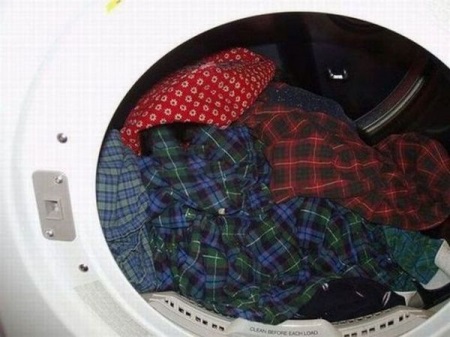What to do if the washing machine jumps when spinning?

All washing machines "step" or at least vibrate during operation. Loud sounds accompanying the spinning, and "jumps" scare many housewives. Sometimes this is a consequence of improper installation, which can be quickly corrected. And sometimes - sigal that the machine needs to be repaired.
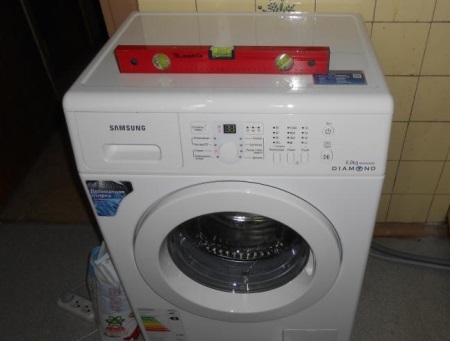
Why does it shake a lot?
If it is not a question of breakage or marriage, the washing machine is helped to move on the floor:
- Shipping bolts. They are put on the machine specifically to protect the mechanism during shipping. After delivery, they are unscrewed because they reduce efficiency and also lead to breakdowns. The exact number and location of these bolts are listed in the manual.
- Uneven and slippery floor. The machine must stand on a level floor. Even in this case, it can shudder when wringing and move slightly (a couple of centimeters), on a slanted floor, the machines just roll away. Reduce the distance of the "escape" and reduce noise, help special footrests and mats. Their rubberized material muffles rattling and prevents the "movement" of home appliances. If the legs of the machine have different lengths, their height is adjusted and fixed.
- Even a functioning machine will sway violently when overloaded with laundry that has accumulated in a clump. This phenomenon is called imbalance. To avoid it, you should take into account that the weight of wet items should not exceed the maximum load of the drum. Wash bed linen separately from small items, often they are twisted in large sheets and duvet covers, creating large and heavy balls.
- Often the cause of noise and rocking are stuck little things (coins, pins), which are forgotten to remove before washing. Once inside the mechanism, they become a time bomb.
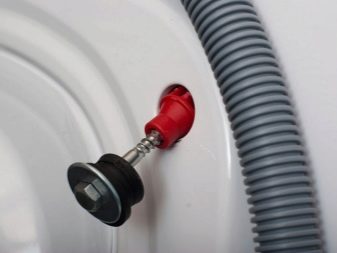
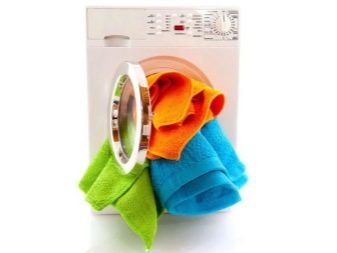
Technical causes
If the strong vibration and noise appeared in the washing machine during operation, are not the result of overloading, have not appeared before, then it is an evidence of breakage.
Experienced craftsmen can determine the specific cause by specific signs:
- Wear of springs and shock absorbers - these parts, as well as dampers, are not designed for full life, and the load on them is heavy. Therefore, they often fail, especially if the manufacturer has skimped on components.
- There are two types of problems with the counterweight: the unit itself breaks or the fasteners that hold it in place become loose.
- Broken bearings are a common cause of machine repair, which is characterized by a strong rumble inside the machine. High humidity causes some mechanisms to corrode, leading to complete inoperability of the machine. Broken bearings are one of these. But this does not happen for a long time - after about 5-7 years of operation.
When you identify abnormalities in the work it is better not to delay with the repair: breakage and stopping in the process of work is a matter of time. If the machine simply will not start, it is luck. Flooded neighbors are unlikely to be happy.
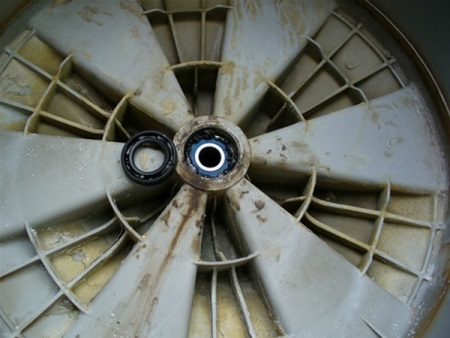
Which washing machines vibrate more?
However, some models are characterized by vibration and related noise initially. You can determine this when choosing a model.
The noise and vibration dampening system in the machine takes up space and affects the cost. That is why less attention is paid to them by inexpensive brands. They save on materials that muffle the sound of the running motor. Loud are also narrow and small models, as well as washing machines with vertical loading. In such firms try to create a high efficiency (number of revolutions, loading volume) despite its size. In addition, the support area they have is insufficient compared to full-size versions. Therefore, if the machine has small dimensions, and the indicators are high, it will be reflected in the noise during its work.
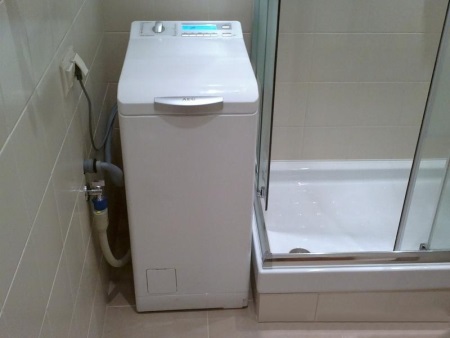
Not superfluous will be information about the material of the drum: reliable metal contributes to the noise, while plastic, to which there are doubts, behaves more quietly. To ensure quiet operation, even the leading manufacturers are trying to use the optimal size units, equip them with noise insulation and a plastic drum.
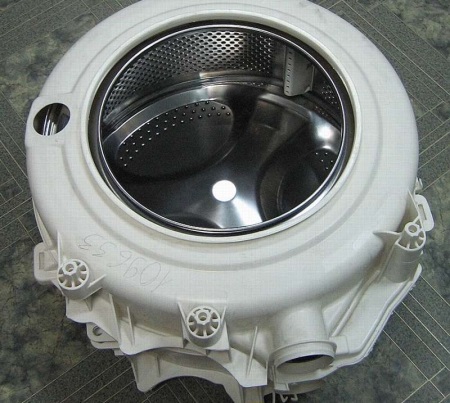
The noise level is indicated by the technical characteristics indicated in the passport (in dB) and on the classification scale. Traditionally, "good" indicators are reflected in the cost. And this indicator is indicated at the end of the list, so it is rarely paid attention to when buying.
What to do?
If the noise occurs due to worn parts, only repair can help. Until the warranty period has expired, you need to contact the service, you can not tear off the seals to find out the cause yourself.
In other cases, you can understand what the problem is and fix the situation:
- When overloading, the electronic display can display an error such as UE or UB. In front-loading machines, you can see uneven distribution of laundry over the drum. Imbalance is easier to prevent if you do not load the machine completely, do not put large items and small items together in the wash. In case of malfunction, stop the washing, turn off the machine. Make sure that the liquid is completely drained from the drum or perform an emergency procedure (according to the instructions). After eliminating the cause of imbalance (by removing some things, disassembling the lump), you can turn on the machine and start the spinning.
- Uneven base, deflection of the floor under the machine also contribute to noise and vibration. Determine whether the machine is standing evenly is easy: lean on it from the side, alternately on all sides. If the machine does not move, everything is fine. If the device "shudders" on a perfect floor, then you need to align its feet. There are special locknuts for this purpose.
- Change that has fallen out of pockets, buttons that have come off can be taken out on their own. By shining a flashlight inside the drum, gently rotate it in the turned off machine. Stuck items will become visible or fall out. If they are seriously stuck, you will have to call a professional.
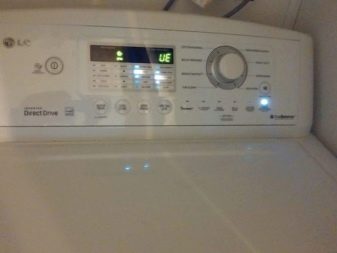
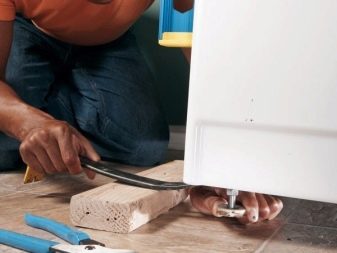
If the seals are removed from the washing machine, you can look for the cause of the noise inside.
All work must be carried out safely: turn off the machine, de-energize it by pulling the cord from the socket.
- Check shock absorber. Remove the front part or the back wall. Releasing the mount on one side, you need to "stagger" the part. If it gives way easily, you need to replace it. In good condition shock absorbers dampen vibration, showing resistance to similar mechanical shocks. It will be necessary to change both shock absorbers, even if only one is not working. The second shock absorbed increased load, and will fail soon. It is enough to pull out the fasteners, install new parts, fix them with the same bushings or bolts. The shock absorber is ready to work.
- Problems with the dampers are reflected in the condition of the pads (plastic parts that fit around the parts that come off the tank). Cracked or damaged parts must be disposed of. To put new ones, you need to loosen the fasteners, replace the part by pulling apart the tails of the U-bars. After inserting the replacement in place, gradually loosen the grip, returning the locking rods to their place, and then screw in the nuts and screws to reinforce the structure. Design features may affect this procedure.
- Counterweights are concrete or plastic parts that reduce vibrations. They are installed at the top and bottom of the machine. Concrete options can break due to wear and tear. If the counterweights are okay, however, and the retainers are loose, you need to tighten them and replace the unusable ones.
Replacing bearings requires skill, so it is trusted to craftsmen. The same applies to the breakdown of the motor.
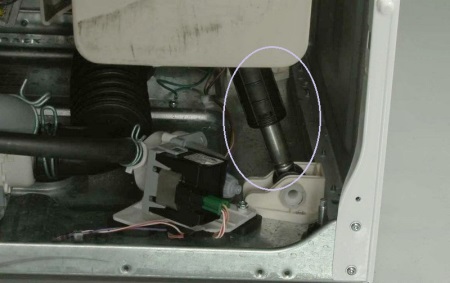
Tips
When buying a washing machine about the vibration and noise level, think last. This is often due to the limited choice due to the small size of the apartment or bathroom. Or after the arrival of a child in the house noise disturbs a sensitive sleep. How to reduce the volume of unpleasant sounds?
- Do not ignore the help of special supports under the feet of the machine or shock-absorbing mats. They will help with problematic floors, and a flat floor will keep the hard supports and chipping from leaving marks.
- When using cabinets for a regular and built-in machine, consider that they need a few centimeters to move while wringing, and leave a little room to spare. Otherwise, the cabinet will not last long.
- Some owners glue a layer of sound insulation behind the wall of the washing machine. This way you can protect the walls and the body of the appliance.
- Calculate the exact weight of the wet laundry is difficult. Therefore, when loading the laundry, leave the machine free for a third. This is sufficient.
- Wash large and small items separately. Separate large sheets and clothing parts so that initially there is no laundry curled up in a lump in the drum. It's hard to untangle when wet.
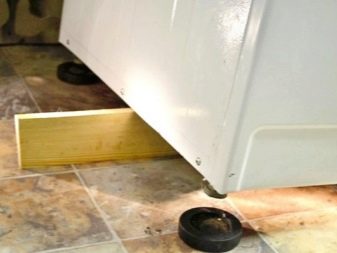
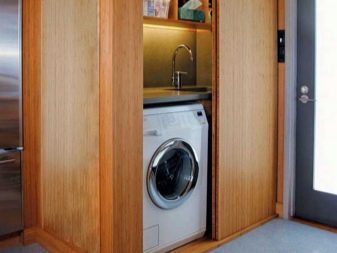
Of course, there is no such thing as forever technology, over time you will want to upgrade old units to new and functional devices. However, large appliances can last more than 10 years if treated with care. If you ignore malfunctions and extraneous noises, rocking of the machine, it will not only turn out to be a sudden repair of appliances, a flood, but also a big expense. Taking care of your appliances and following simple recommendations is the way to reasonable savings and planned pleasant purchases that will bring you pleasure.
